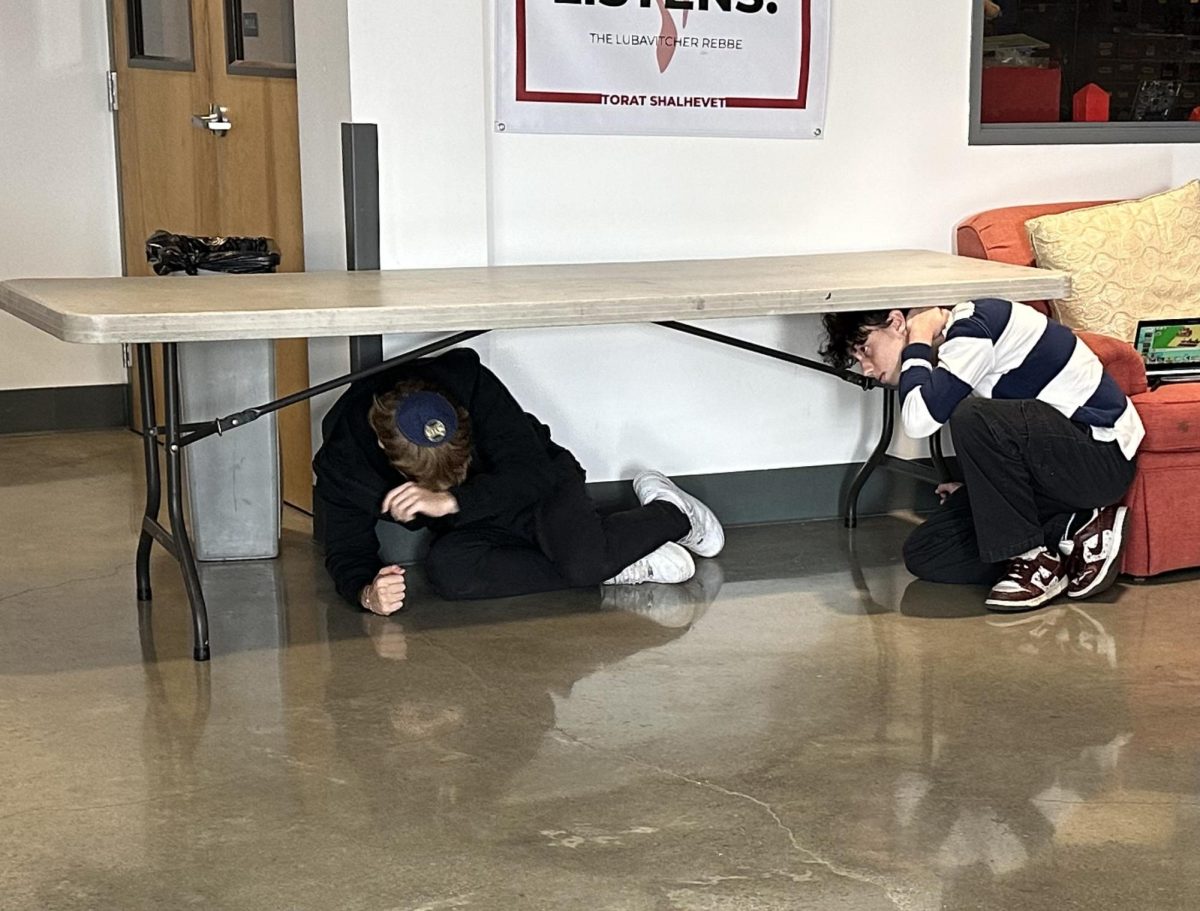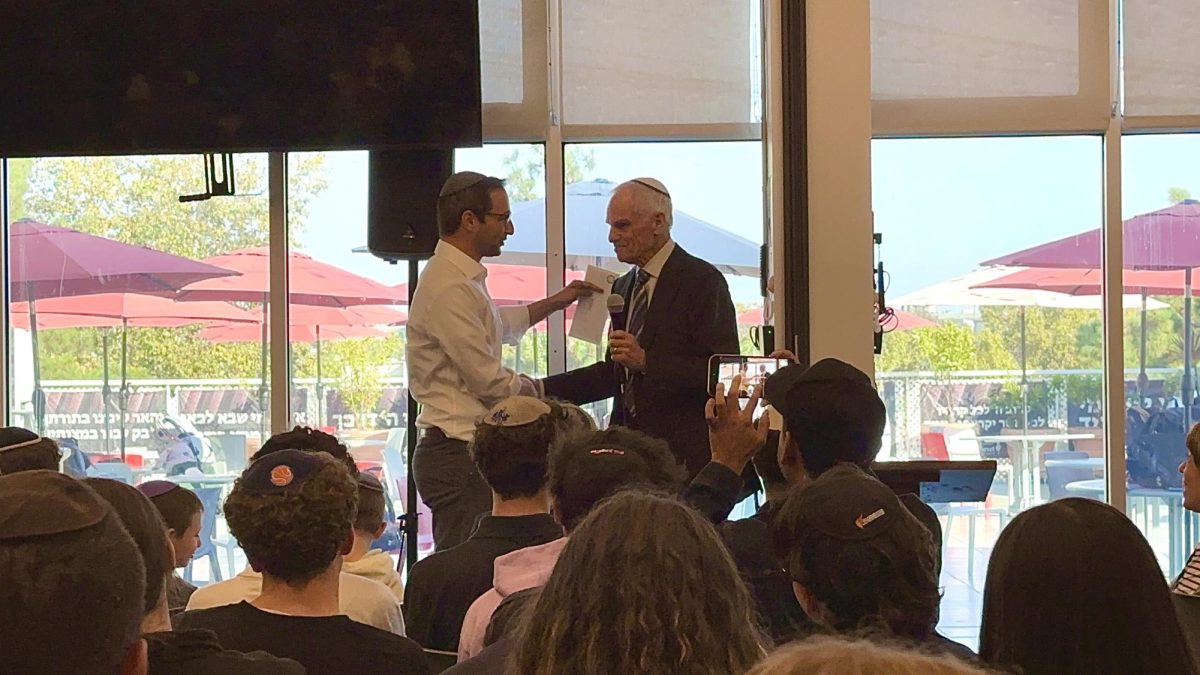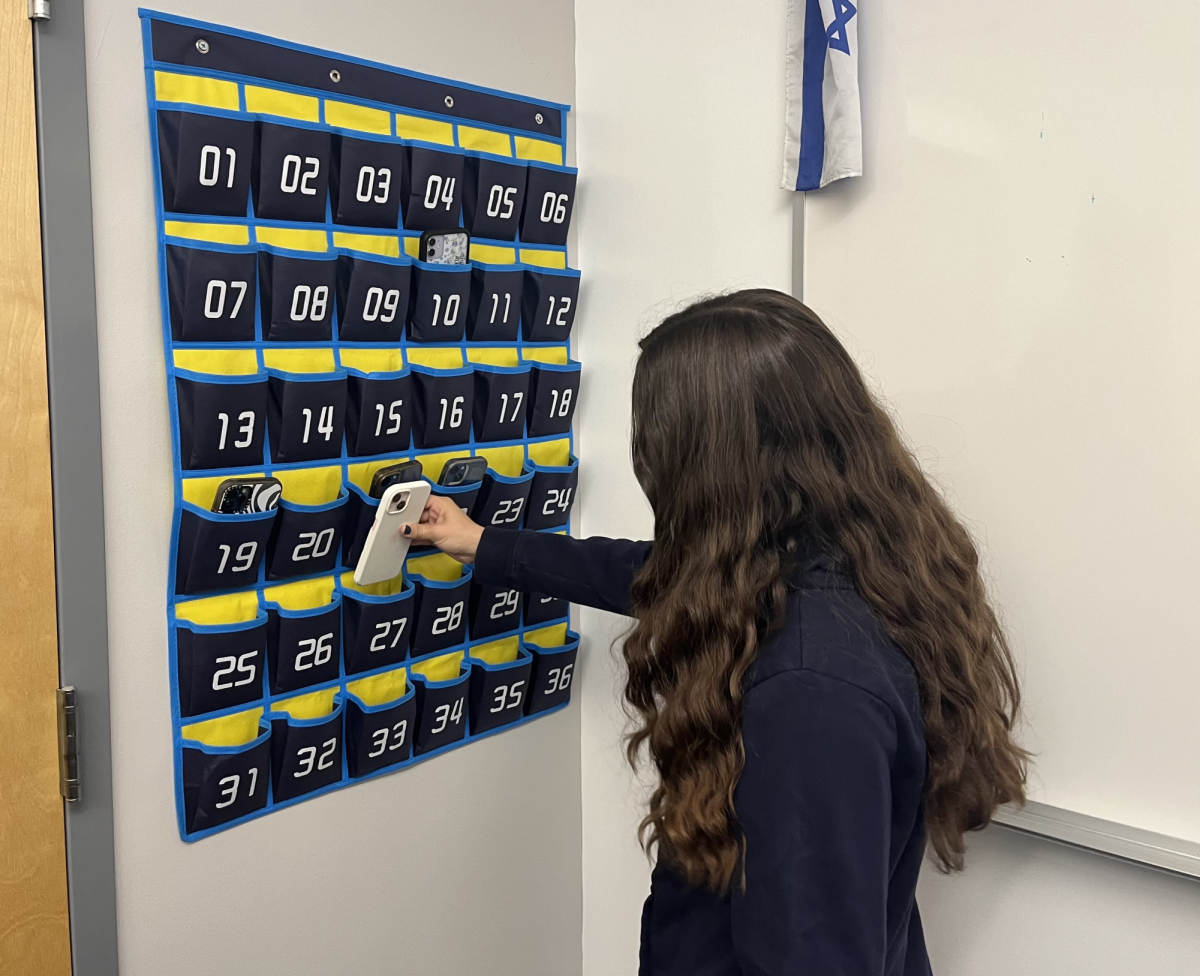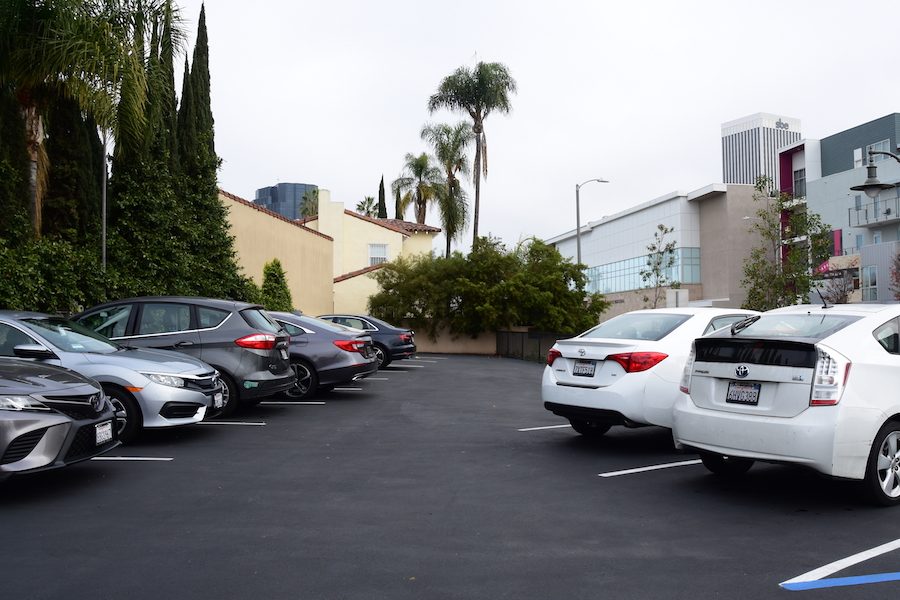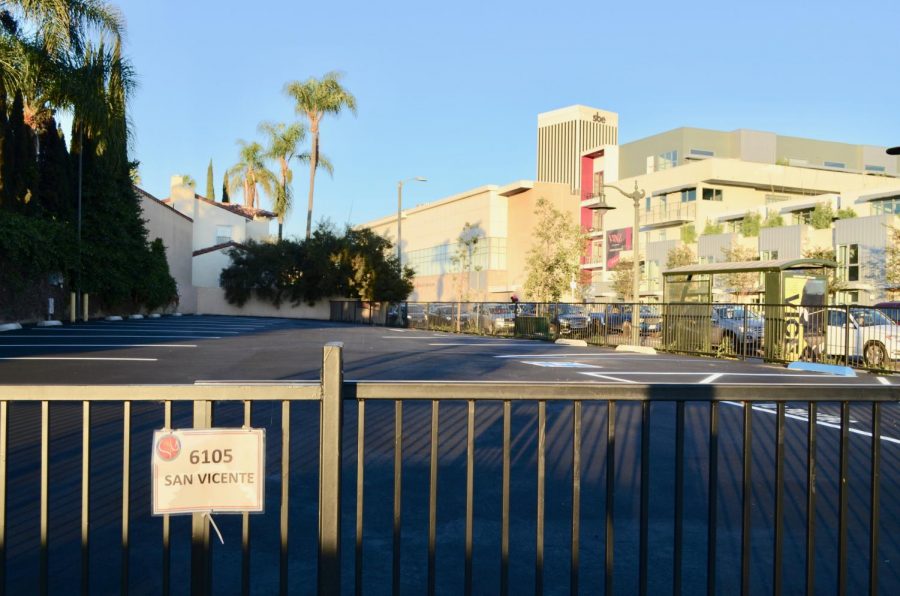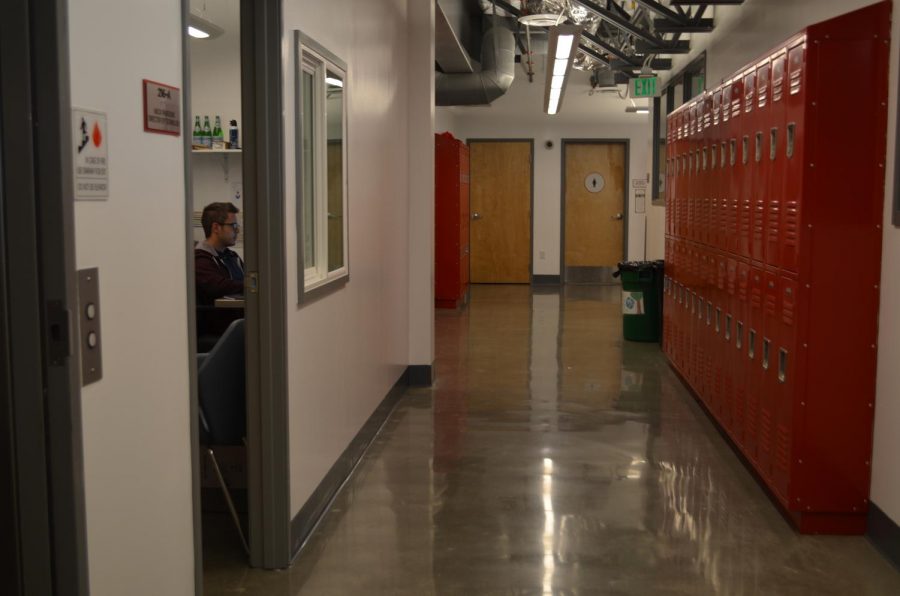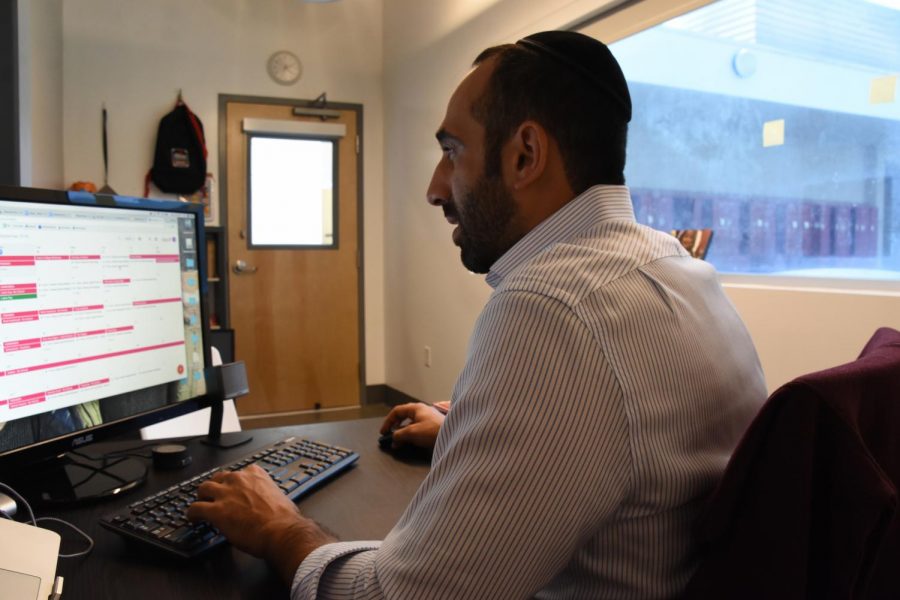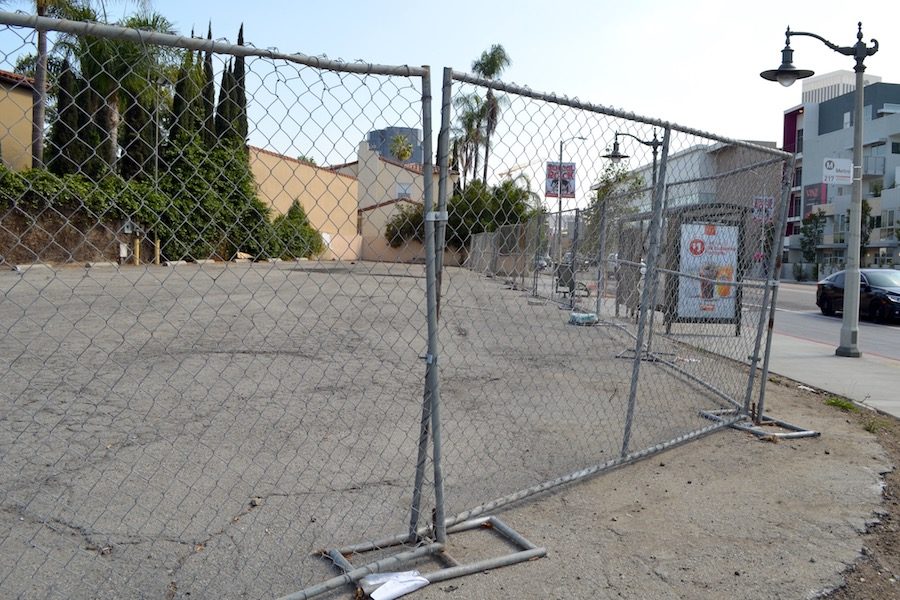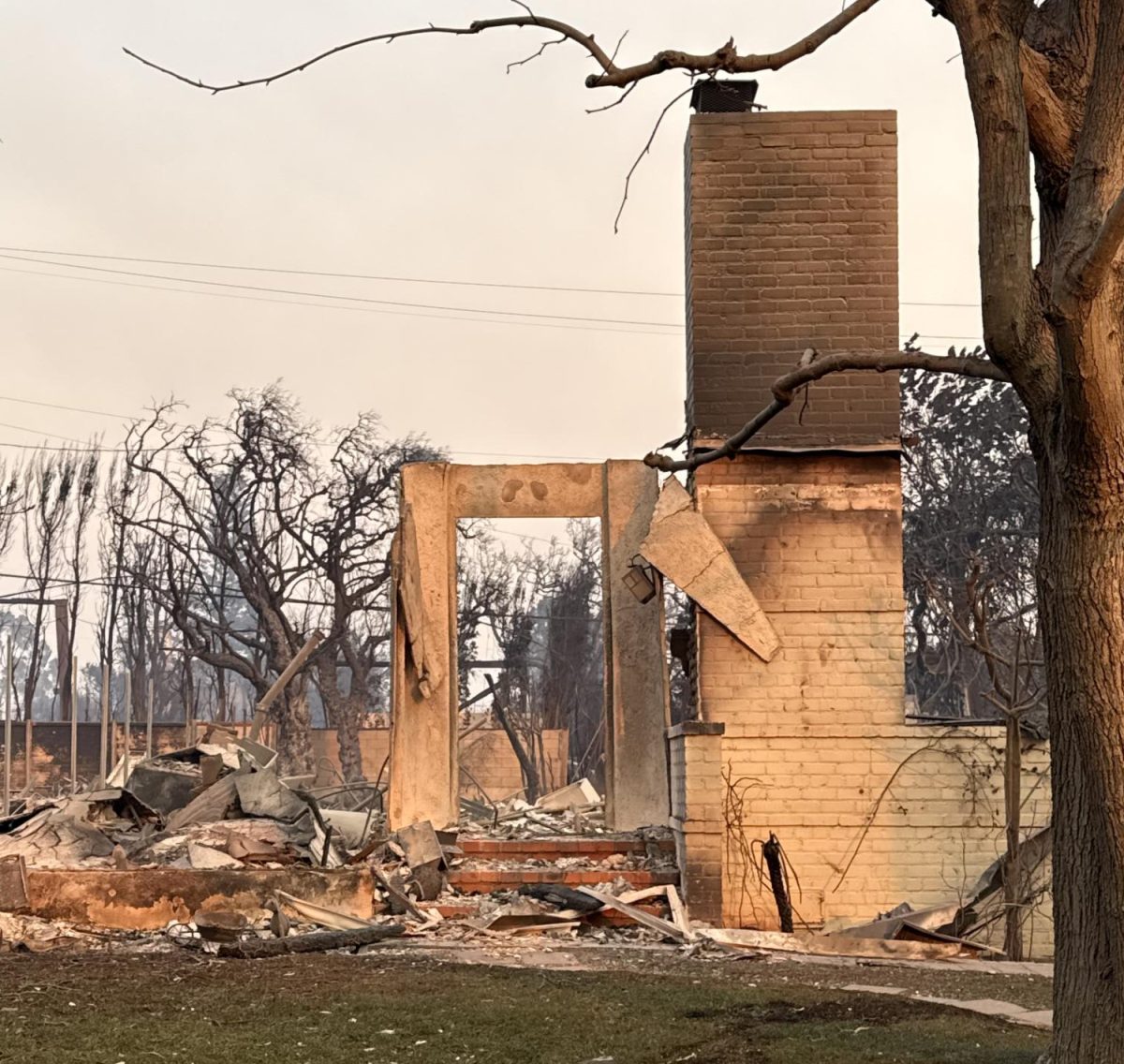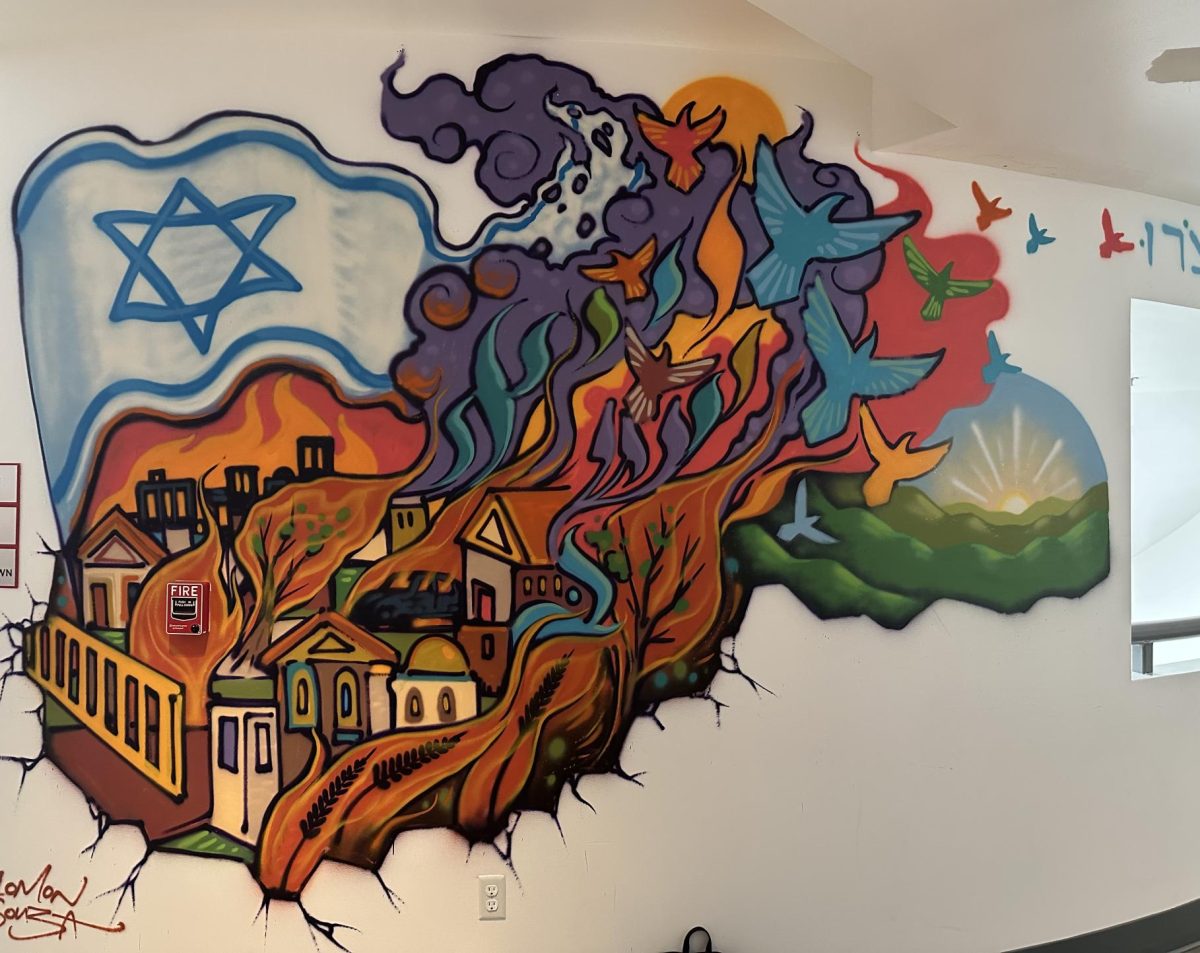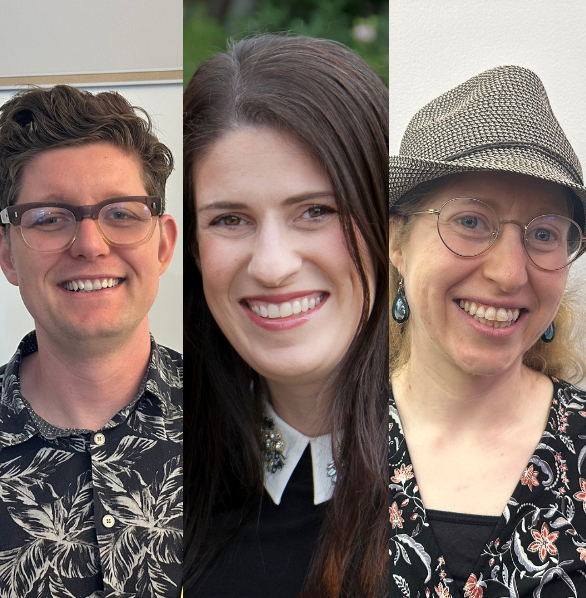Shalhevet has signed the initial contracts with Alliance Residential for the southern half of the school property, Rabbi Segal said, and is embarking on what will likely be a multi-year process of either refurbishing what’s left or creating a new building from scratch.
“The sale will allow us to pay off accumulated debt, retire our existing (onerous) mortgage and be in a position to pursue a capital campaign to refurbish the remaining portion of the building, or build a brand new campus with community support,” Rabbi Segal wrote September 14 in an email to the school community. “In either case, the school will be in a strong place to make strategic decisions.”
Everything from the receptionist office southward toward San Vicente Boulevard is being sold to a buyer who plans to build a luxury housing complex with underground parking. If Shalhevet will be able to raise up to two million dollars, the campus will be refurbished. Rabbi Segal said that the cost of the brand new building is about ten million dollars, so if the school raises between two and ten million dollars, it will affect how much of a mortgage the school has on a new building.
“The money we are getting from the sale will be paying off almost our entire debt and leaving us a little left over to do a refurbish on our own without fundraising” Rabbi Segal said in an interview. “Although we are also part of a program with the Jim Joseph foundation and we need to put money down for an endowment. So part of our sale is to pay off our debt and to help fund the endowment.”
The portion being sold includes the cafeteria, kitchen, Bet Midrash, teacher hallway, classrooms 27 to 47, and the Student Lounge, along with the zen garden and the Annex building. The Annex houses the Wildfire Theatre Lab.
In an e-mail response to Boiling Point questions, Rabbi Segal said he was not sure which of those facilities a new or refurbished building would include. Also considered would be a gym or outdoor sports facility.
“I would absolutely love to see everything you list,” Rabbi Segal wrote, asked which of those things would be part of a new, smaller campus. “Some might take priority over others.
“A lot of this depends on final construction costs, fundraising, loan repayment schedules, etcetera. Once we start down the road, we will be meeting with students, faculty, parents and other stakeholders to get input on the priorities.”
For now, nothing is expected to change. This year will be used for planning and fundraising, and no construction will begin until next year at the earliest.
During construction, classes and all other school activities would move into the south half of the building — the portion to be sold — while construction took place on the north half. The buyer wouldn’t take possession until any new construction was finished.
“We have a lot of time,” Rabbi Segal said. “It will be a year before we need to move out of our side of the building — until then we will have 12 months to fund-raise.”
Mr. Behrouz Soroudi, a real estate developer who is also the parent of students Sarah and Daniel Soroudi, said market conditions have improved for sellers, depending on how the property is zoned.
“The market for apartment-zoned land has made a very big comeback,” said Mr. Soroudi, who is principal of Maxxam Enterprises.
“A few years ago the prices were very depressed for land for new construction of apartment buildings, but those prices have rebounded significantly. So it is certainly the right time, and we happen to have the right zoning on the property that would allow construction of apartments.”
Shalhevet Board President Larry Gill said low interest rates and low construction costs – both caused by the recession, which has made work hard to find in the construction industry – also made the timing right.
“Construction costs are at a very good place, and that, we believe, is facilitating a higher bid from the buyer,” said Mr. Gill, who is also the owner of ALJ Capital, a hedge fund. “If [the buyers] can lock in their deal now, at a fixed point where the construction costs are relatively low, it becomes a very profitable transaction for them. I believe that this is what is driving the sale.”
The sale would shrink the size of Shalhevet’s campus by more than half, from around 112,754 square feet (not counting the student lot) to around 50,000 square feet.
Rabbi Segal said that would mean limiting future enrollment growth. There are 162 students enrolled this year, according to Registrar Lili Einalhori.
“We are building to house 240 students with some flexibility for the future,” wrote Rabbi Segal.“But to be perfectly honest, I love the idea that we should focus on having 200 students.
“Part of what makes the school unique is that every single student has a voice and all the members of the community really know each other. I find that once you get past 200, and certainly past 240, you lose that intimacy. So I have made it clear to the board that i think we should max out at 240 regardless of this project.”
But the actual purpose of the sale is to improve the school’s finances, he said. He said the school has pre-collected tuition to help with cash flow, and also borrowed heavily from several large donors.
“We want to make our cash flow normal like every other school,” Rabbi Segal said.
“There are also multiple people who have given large donations categorized as ‘soft loans.’Even though these people are not calling for their loans, Shalhevet would still like to be able to pay them back.”
Selling the southern half of the building, he said, would do both of those things while also allowing the school to start building an endowment for the future.


